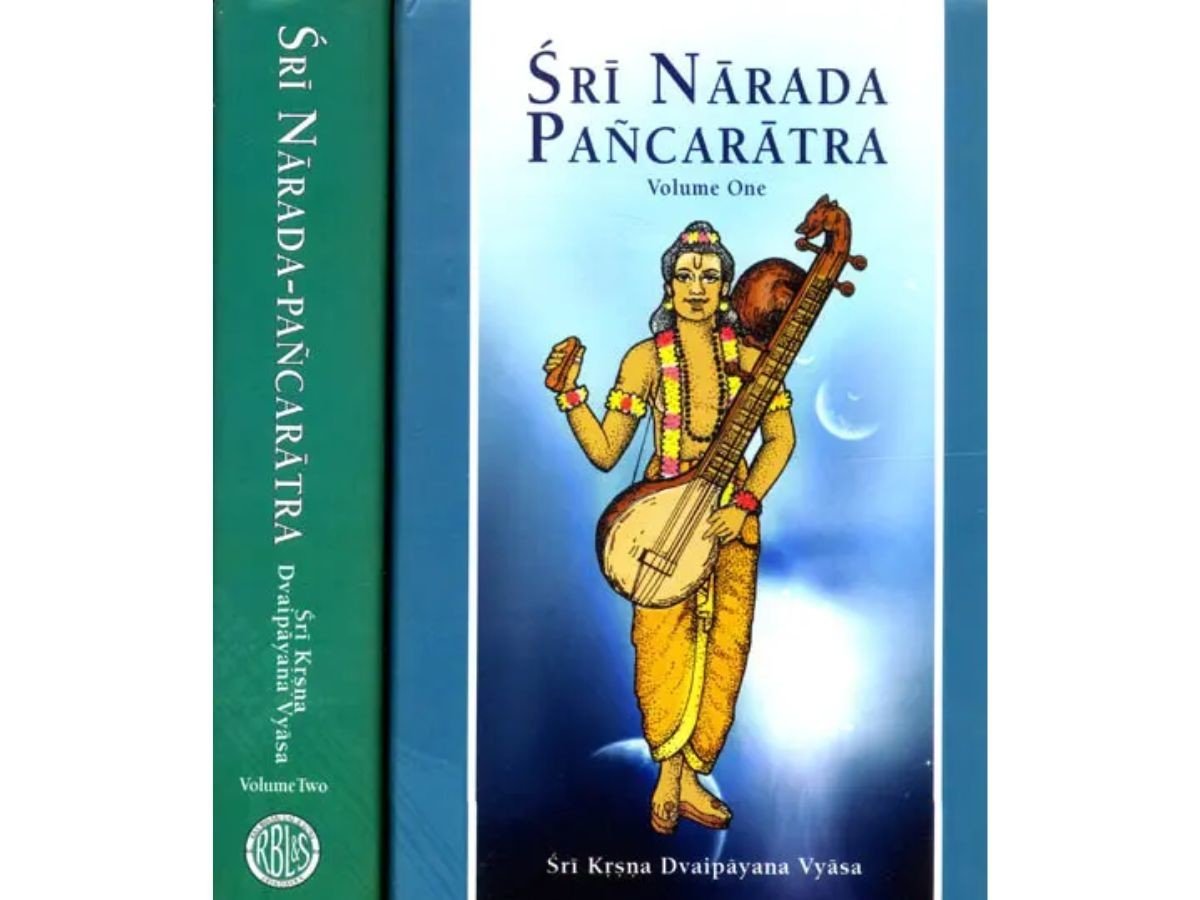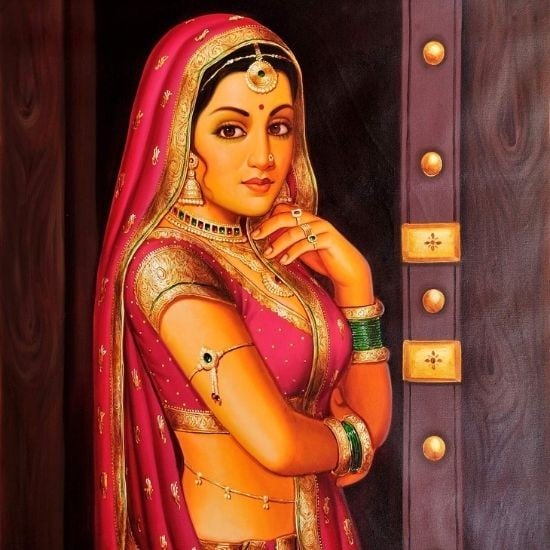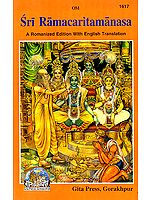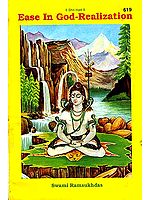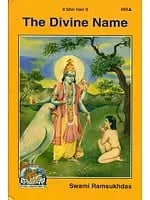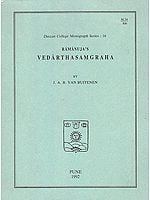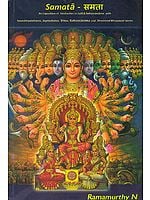Pancharatra is an authentic pathway followed by the Vaishnava community that recommends pure devotion towards Lord Vishnu. There are 108 Pancharatra scriptures in the Vedic literature, Sri Narada Pancharatra being the most important and revered.
Compiled by Shri Vyasadev, it deals with five branches of knowledge - knowledge of the Absolute Truth, knowledge of liberation, knowledge of devotional service, knowledge of mystic yoga, and knowledge in the mode of ignorance. In this article, we will understand the concept of Diksha in Pancharatra, its importance, and the process.

What is Initiation (Diksha)? Is it authentic?
As the name suggests, Diksha or initiation is the beginning of spiritual life. This is when the spiritual practitioner formally accepts the shelter of a bona fide Guru (spiritual master) to make further advancement in the path. When one has taken initiation from the Guru, his discipline begins and he officially gets connected to the Guru Parampara.
When the disciple has taken initiation, he enters into a student-teacher relationship in which all his doubts and misunderstandings are dispelled by the Guru. There are four Vaishnava Sampradayas
1. Kumar Sampradaya (starts from the four Kumaras, the sons of Lord Brahma)
2. Rudra Sampradaya (starts from Lord Shiva)
3. Shri Sampradaya (starts from Goddess Lakshmi)
4. Brahma Sampradaya (starts from Lord Brahma).
Each Sampradaya has its own representatives and follows the descending process of knowledge of the Absolute Truth. This means that scriptural knowledge comes down from great authorities following the Guru-Shishya principle. Thus there is no doubt about its authenticity. A practitioner can choose any of these Sampradayas to perfect his spiritual life.
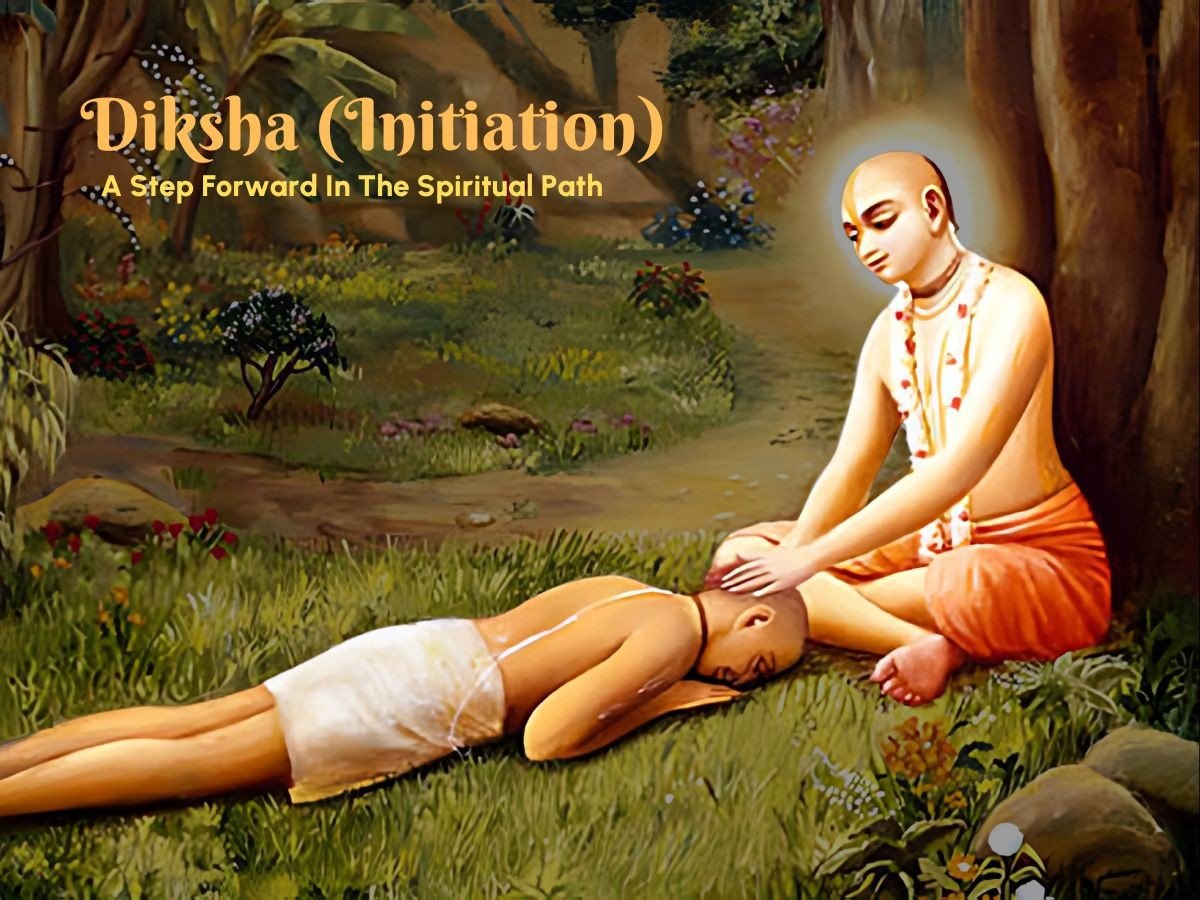
Why is it important to take Diksha?
Initiation books a disciple’s ticket back to the spiritual world.
The main goal of human life described in the Pancharatra is to attain the Lotus feet of Lord Vishnu and to develop a loving relationship with Him via devotional service. When a conditioned soul, having accumulated some amount of pious credit in this life or previous life, begins his way back home, back to Godhead, he struggles with the ‘Anarthas’ (anger, illusion, envy, ego, ignorance, and greed) within his heart.
These unwanted impressions are so strong in his mind that forcibly he is pulled back to his old state of life. Our Vedic scriptures enjoin that material association and engagement are the enemies in one’s spiritual life. Thus, being helpless and weak, a struggling devotee should take the guidance of a pure devotee who has realized the Absolute Truth.
The latent spiritual potential of a disciple is unlocked only when he takes the Guru’s shelter and submissively acts on his instructions. Another aspect is that the external energy (Maya) of the Supreme Lord Vishnu is as strong as the Lord Himself. As long as the living entity is in the material world, enjoying the property of the Lord without regarding Him in any way, he gets lost in sense gratification and ultimately suffers the threefold miseries.
This material world is compared to a great ocean of misery and the suffering conditioned soul wants to get out of this ocean and reach the shore. The only way for him to overcome the ocean is to take the help of a boat. This boat comes in the form of a spiritual master who takes him to the other side without any effort. A Guru is considered the representative of God who guides his disciples in the path of Bhakti. Without the mercy of the Guru, no one can attain spiritual perfection and reach the destination.
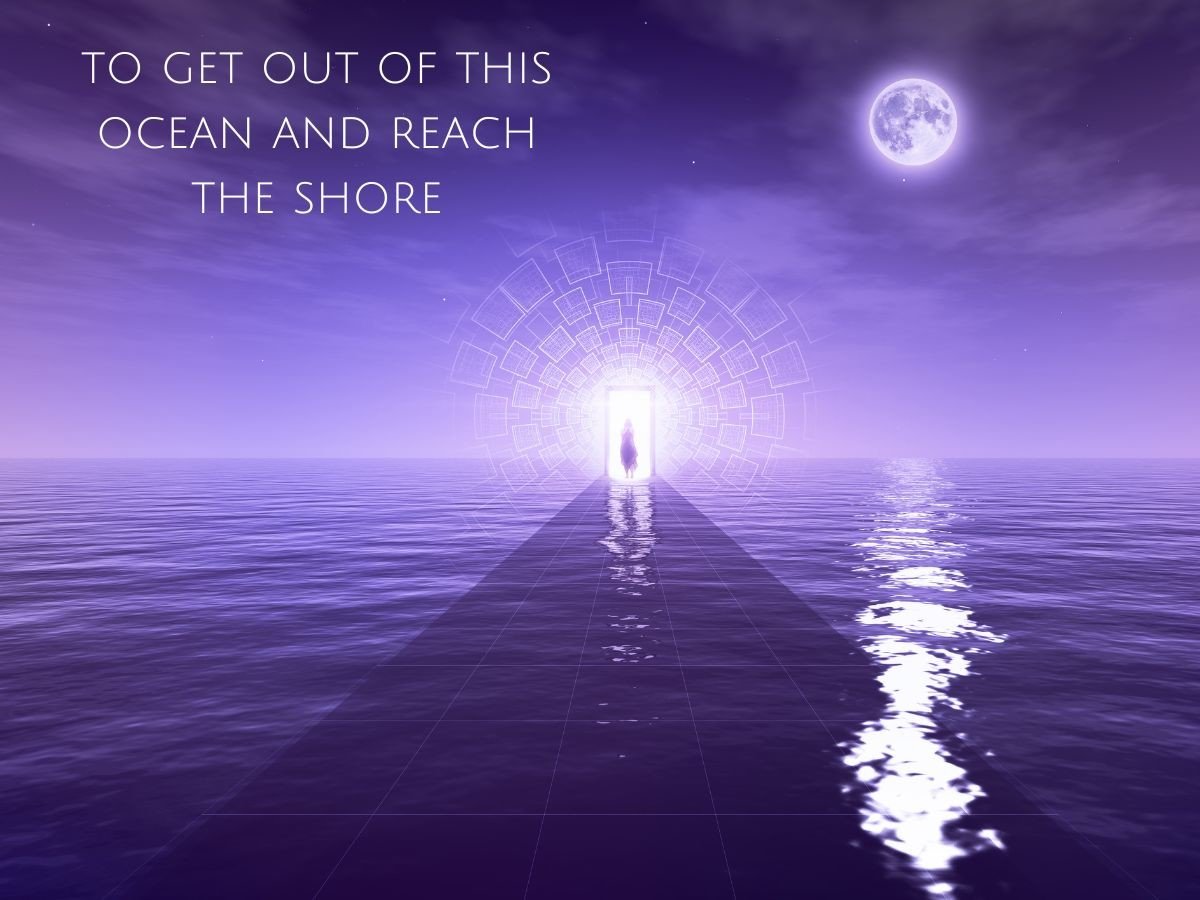
Qualifications of a disciple for Diksha
According to Pancharatra, Diksha is meant for the purification of the disciple who takes a vow to worship Lord Vishnu with his mind, body, and words. Since Diksha is a lifetime commitment, before a devotee thinks of taking initiation from a Guru, there are some requirements which need to be met by him:
Getting Shiksha
The foremost principle is to get proper Shiksha from the senior devotees in Guru Parampara. The basic education taught in Vaishnava Sampradayas is – the difference between the soul and the body, the nature of the material world, the relationship between the living entity and God, the nine limbs of devotional service, and liberation from this material world. This knowledge helps a neophyte devotee establish his faith in the process of Bhakti.

Regularly carrying out prescribed Sadhna (spiritual practice)
Spirituality is a path of devotion and without discipline, devotion is impossible to express towards the Supreme. Chanting the holy names is the top tier. Devotees from different Vaishnava traditions chant different Mantras on their beads. They usually carry out this Sadhna during Brahma Muhurta (1.5 hours before sunrise). A Guru tests the devotee’s determination in his Sadhna before accepting him as his disciple.

Following regulative principles
Regulation is key in spiritual life. There are four pillars of Dharma – Austerity, truthfulness, purity, and mercy. To protect these four, it is necessary to follow four regulative principles. Austerity is destroyed by involving in any kind of intoxication. Truthfulness is destroyed by engaging in gambling. Purity is destroyed by involving in illicit relationships (pre-marital or extra-marital) and mercy is destroyed by meat eating. If a person is not able to follow these regulations then he should avoid accepting a guru before quitting them.
Deity Worship
Another requirement is to engage in deity worship daily at home. Archanam is an important activity mentioned in the Pancharatra Samhita texts. It helps one build a strong attachment to the Lordship. The devotee is expected to offer Mangal Aarti and other Aartis in their home and offer food to the deities regularly and honor only prasadam (offered food).

Getting Initiated
Initiation is the process that fills devotees with transcendental knowledge, frees them from sinful reactions, and blesses them with mantras that bring them closer to their spiritual master and the Lord. Initiation is not just a one-time ceremonial act; actually, it is only the beginning of a process.
Choosing Guru
The first step for an aspiring disciple is to select from which Guru he would like to take initiation. There are many Sannyasis and Diksha Gurus in all the Vaishnava Sampradayas who are connected to the disciplic succession (Guru Parampara). The devotee should well know about his aspiring Guru before taking his shelter.
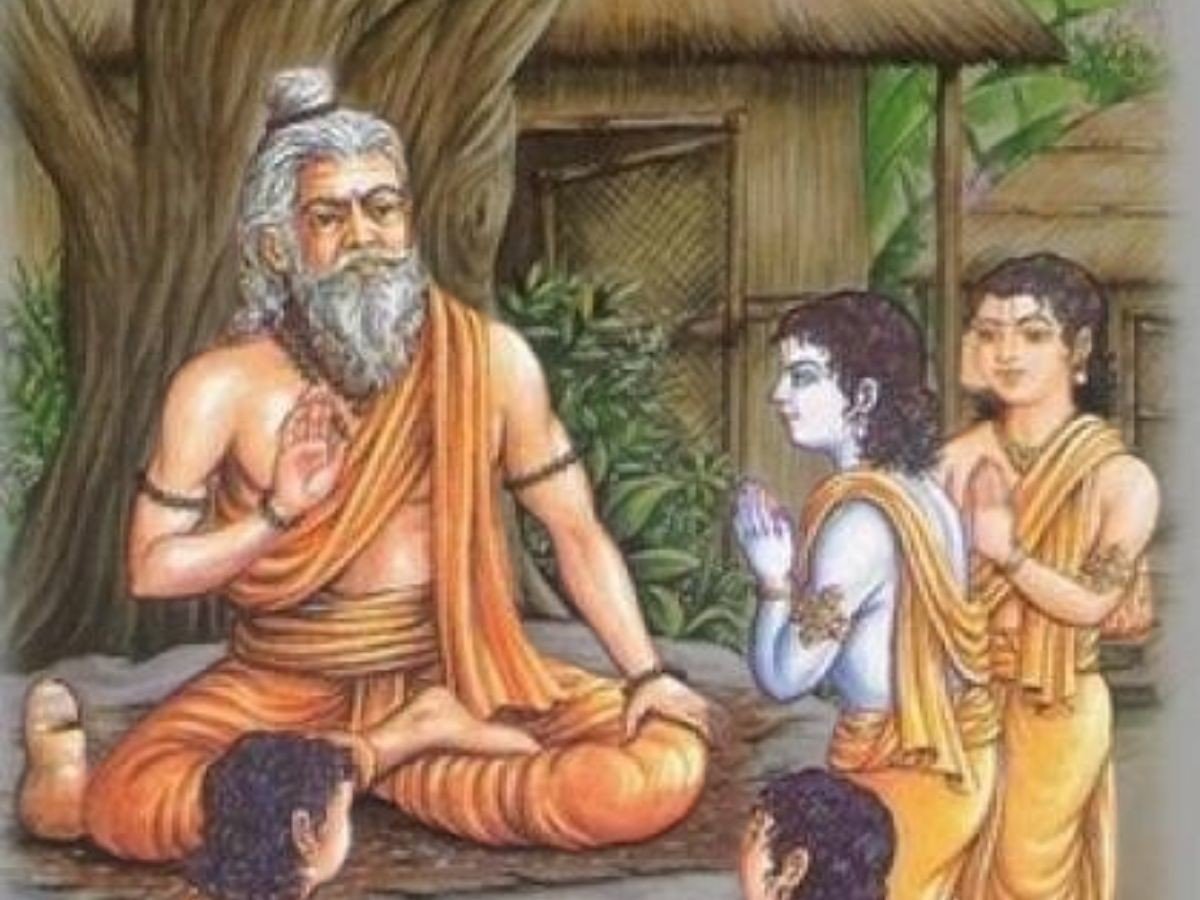
Preparation and Purification
Before appearing for initiation, the aspiring disciple undergoes strict vows and deepens his Sadhna to take full shelter of his Guru. This is to show their steadiness in at least the external acts of devotion.
Initiation Ceremony – Sacrificial Fire (Yajna)
On the day of Diksha, a Vedic ceremony is held which involves a yajna, an ancient fire sacrifice. As part of the ceremony, the initiate makes several vows and the spiritual master gives the disciple 'Harinama initiation’ or ‘mantra initiation’. He chants on a Mala and gives that to the disciple. It is believed that he invites the Lord on those beads and gives them to the disciple. The vows include the positive prescription to chant the recommended Mantra on the beads and the negative prescriptions against gambling, meat-eating, illicit sex, and intoxicants.
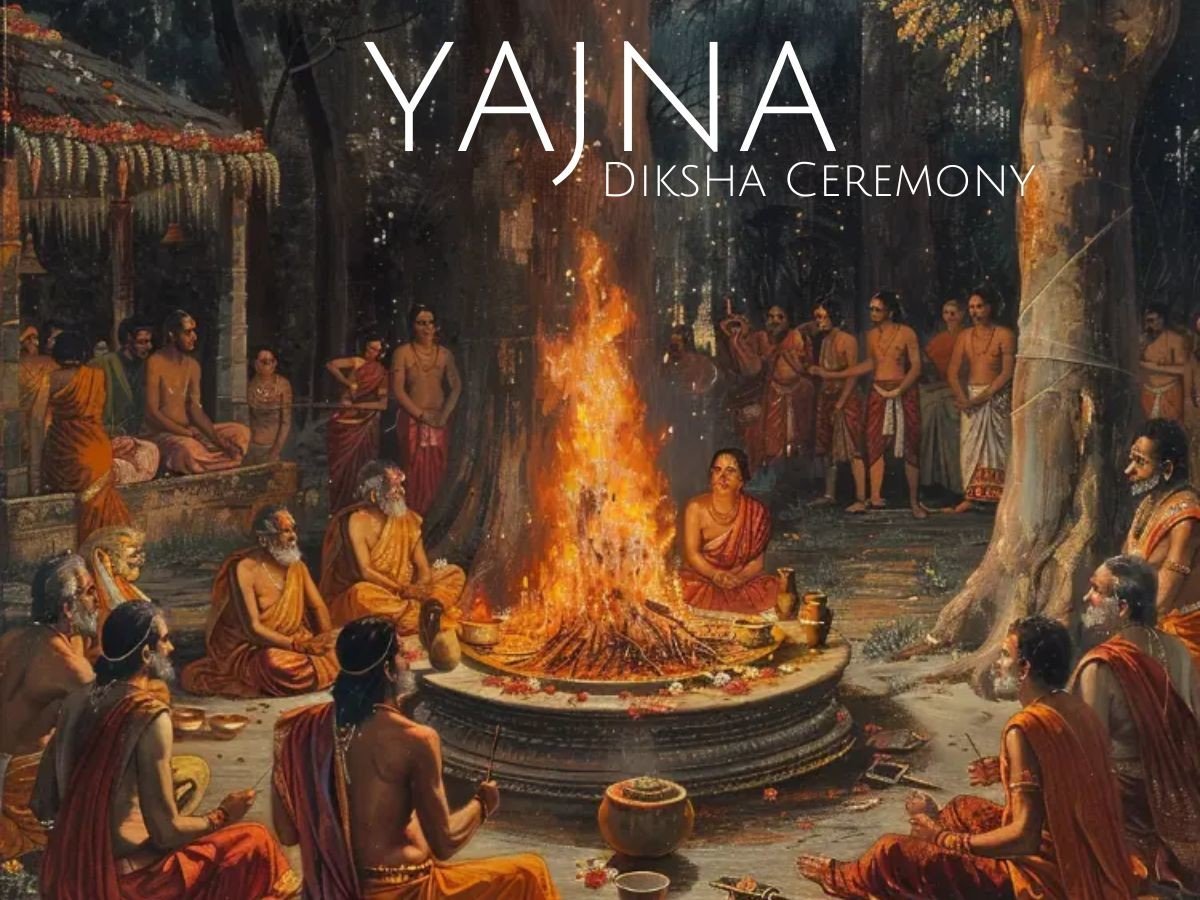
Receiving a spiritual name
Once the disciple has taken all the vows, the Guru gives him an initiated name (in Sanskrit). This new name represents his symbolic rebirth. The name takes the form of a name, quality, or identity of the divine. For example – Achyut Arjunsakha Das and Ramchandra Das.
Wrapping Up
When a disciple is following all the rules instructed by the Guru, it is the responsibility of the Guru to entrust that disciple in the hands of the Supreme Lord in His eternal abode. However, Diksha should not be taken just because others are taking it or to gain respect and prestige in the spiritual community.
Taking Guru Diksha is not an advanced stage, but the beginning of a serious process of devotional service. A spiritual master is meant to relieve us from this material bondage and he is responsible for our going back to Godhead. But, this is possible for a guru only when the disciple follows all his instructions with utmost sincerity and without any duplicity.


